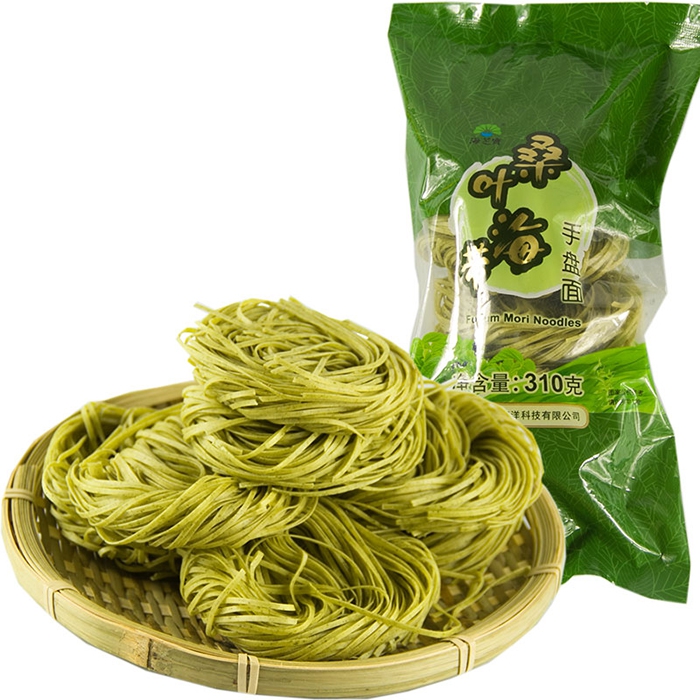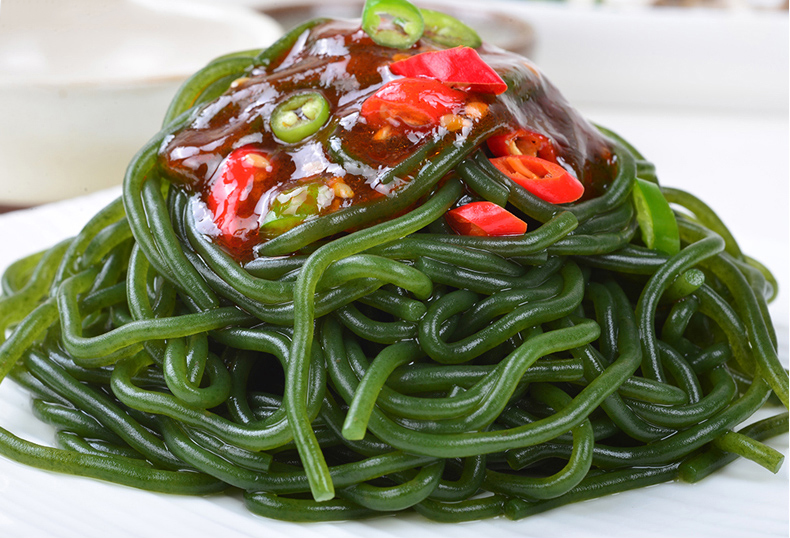Soil selection For the cultivation of radish, crops with low consumption of fertilizers, many organic substances left behind and no diseases and insect pests of the same kind should be selected as front rakes. The cruciferous vegetables need to be avoided as a forehead, otherwise it is easy to cause diseases. Radishes have a wide adaptability to sandy soil. In order to obtain high-yield and high-quality products, it is still better to use deep, loose, well-drained and relatively fertile sandy loam soils. When cultivated in a suitable soil, the growth of fleshy roots can be fully expanded. The shape is correct, the skin is clean, and the color is beautiful. Deep plowing Leveling, uniform fertilization, so as to promote the increase of effective nutrients and beneficial microorganisms in the soil, and can loose air permeability, is conducive to the absorption of nutrients and moisture absorption of roots, so that the leaf area expands rapidly, the meat roots accelerate the expansion. 75 kg of compound fertilizer can be applied as base fertilizer per acre. Then carry out soil disinfection and control of underground pests. The bactericide is selected from 50% carbendazim 600 times solution or 70% thiophanate-methyl 800-1000 times solution spray, and the insecticide can be sprayed with 48% Lester's EC 800 to 1000 times solution. sowing The quality of radish seeds has a great influence on the growth and yield of radish plants. In order to make the seedlings neat, seedling-full and seedling-strong, seeds should be carefully selected, and only full, sound seeds should be used to eliminate pods, crushed, and mildewed seeds. The seeding rate depends on the seed quality, soil quality, climate, and seeding method. Autumn radish mostly uses on-demand or drill. The seed amount is determined according to the density of the seedlings, and the on-demand seedlings are 25-30 cm apart. Each nest is seeded with 4-5 seeds, and the seeds are opened in the nest so as to avoid crowding after emergence and affect the seedling quality. Field management The seedlings grow rapidly after unearthing, and they need time seedlings to prevent crowding, shade and cause leggy. To set the seedlings early, split between the seedlings, timely seedlings to ensure Miao Qi and Miao Zhuang. Intermittent seedlings are usually 2 to 3 times in size, with the exception of the seedlings whose weak, deformed, and pest-infested species are removed. Reasonably watering The watering is mainly determined according to the characteristics of the growth of the radish, the requirements of the moisture in each growth period, the climate conditions, and the soil conditions. After sowing, if the weather is dry, immediately pour water once, and then pour water once when the seedlings begin to emerge, keep the ground moist, ensure that the seedlings are neat, and reduce the occurrence of viral diseases. If it is rainy, it must be drained in time to prevent death. Scientific fertilizer Autumn radish is a large and medium radish variety with a long growing period. Based on the application of basal fertilizer before sowing, topdressing should be applied appropriately, especially for plots with low soil fertility and insufficient basal fertilizer. Applying fertilizer can significantly increase yield. Nitrogen fertilization should be used to water or fertilize water. After the radish “breaks bellyâ€, it enters the rose stage, which is the rosette stage. To promote the expansion of the leaf area, it is also appropriate to apply a quick-acting nitrogen fertilizer. When the roots of the meat root are inflated, the compound fertilizer is topdressed. Helps fleshy root enlargement. During the first 20 days before harvest, once a week, spraying 0.2% potassium dihydrogen phosphate two times for foliar dressing has a good effect on improving yield and quality of fleshy roots. Weeding pests During the growing period of radish, many cultivating loose soils are needed. Especially in the seedling stage, the temperature is relatively higher, the rain is more, the weeds grow rapidly, and weeding and weeding are needed. In high ridge cultivation, the soil on the ridge is easily washed by rain, and the cultivator needs to be combined with soil. Long-shaped radish of the exposed species, because the neck is slender and weak, often easy to bend, lodging, the initial stage of growth needs to be bred to expand the root. Prevent lodging so as to form curved radishes later. At the end of the rosette, the leaves were already ridged and the cultivator was stopped. Weeding was done only by hand. The pests of radish are mainly maggots and soft rot. Each mu uses 12% of agricultural streptomycin sulfate WP 10 million units of water plus 50-75 kg of water or 57.6% of chlorothalonil dry granules 1000-1200 times of spray, while Combined irrigation roots. Control aphids, imidacloprid can be sprayed with water. Timely harvest The harvest of autumn radish depends on the variety and the time of arrival. The harvest has a low yield and the plate has no taste; the harvested meat root is frozen or hollow, and the quality deteriorates, causing a hollow. When the root diameter expanded to 8 to 10 cm, length 25-30 cm when the harvest is more appropriate.
Kelp noodle is a miracle creature of seaweed industry. It is made of 100% kelp without adding any flour.
It looks like noodles, but taste as vegetables. It make people full but antifat.
It is the most favorite choice of people with hypertension, hyperlipemia, hyperglycemia.
We have 2 types of Kelp noodle. One is [Need to cook", Another is [Ready to Eat"
Dried Kelp Noodles,Kelp Noodles,Kelp In Ramen,Sea Kelp Noodles Shandong Haizhibao Ocean Science and Technology Co.,Ltd. , https://www.haizhibaoseafood.com



